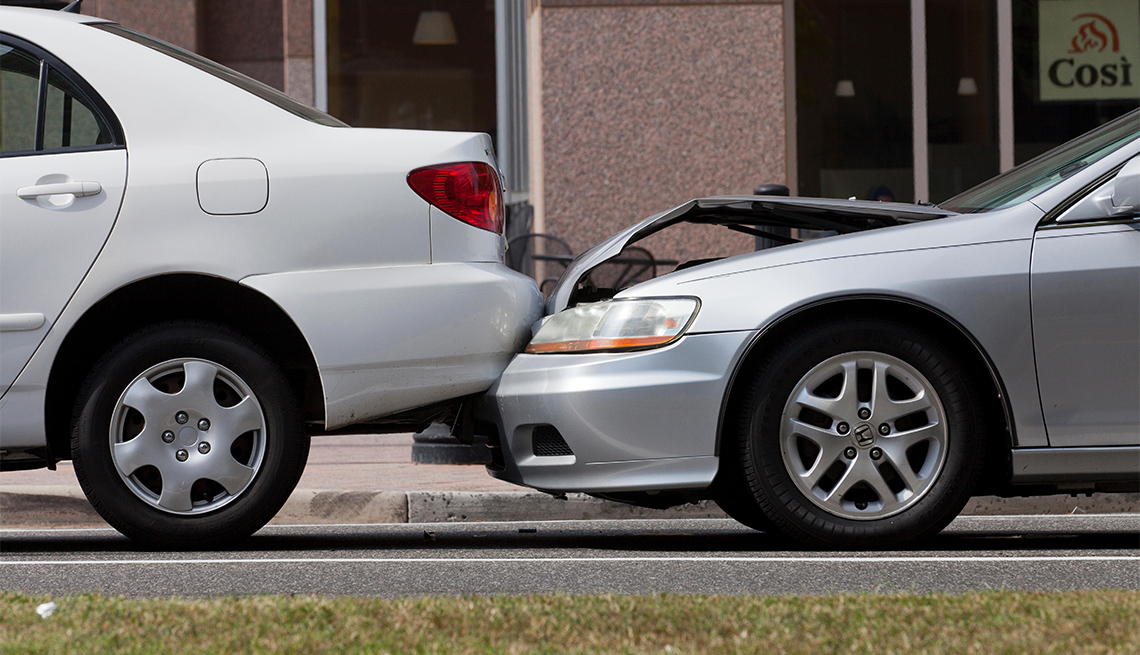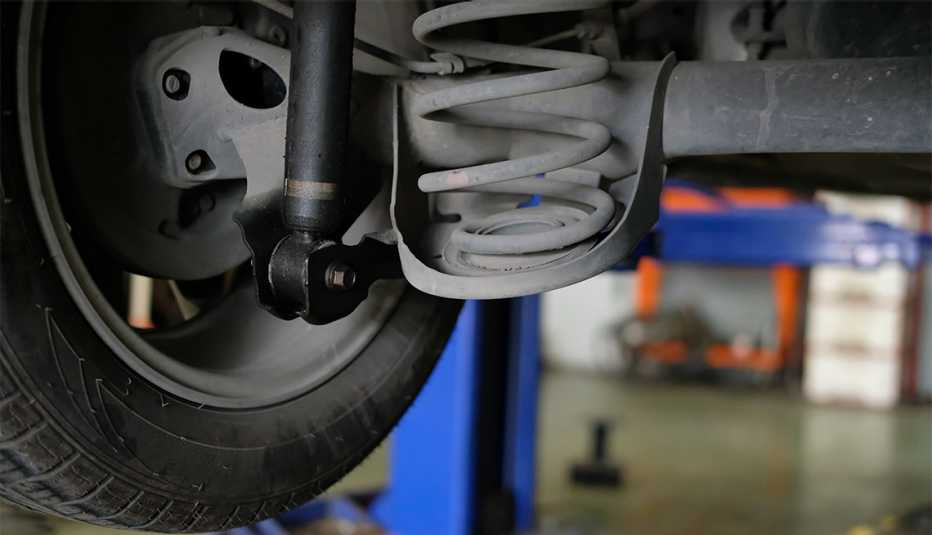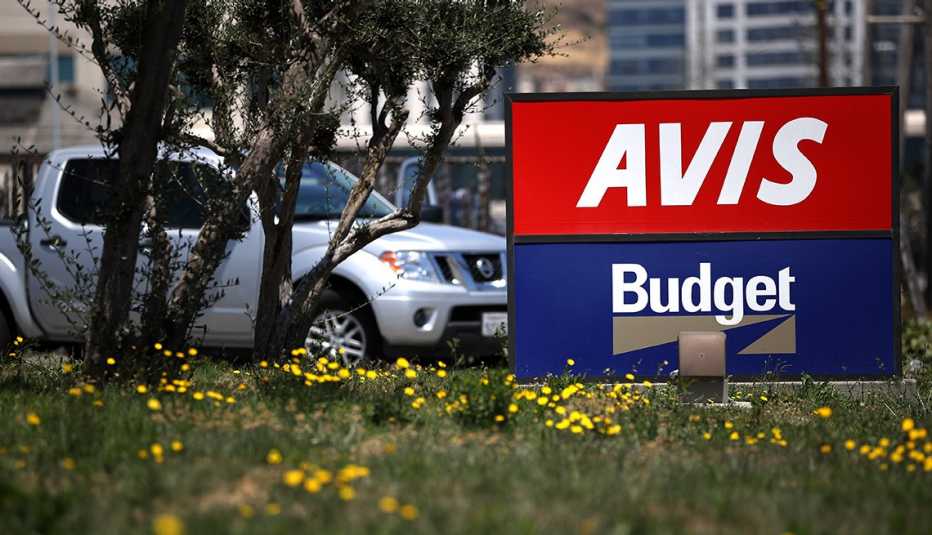AARP Hearing Center
A car accident — even a minor fender bender — can damage many parts of your vehicle. You may already know that if your airbag deploys, you can't just cram it back in and call it a day — you need a new one. But did you know that experts also recommend you inspect and replace other components, too? Here's what you should get checked on your vehicle after a crash.
1. Driver assistance systems
Your car may look fine to you, but that doesn't mean it's working optimally. Today's vehicles are loaded with sophisticated technology, including various electronic sensors, cameras and radar that constantly monitor your car. It doesn't take much of an impact to disrupt these interconnected systems, says Jeff Hawkins, assistant vice president at the American Automobile Association's Auto Physical Damage Division in Dearborn, Michigan.
"Depending on whether the damage is in proximity to one of those sensors or cameras, it could put the operator in harm's way,” says Hawkins.
Advanced Driver Assistance Systems (ADAS) help reduce the likelihood of an accident by warning the driver about potential collisions, he adds. Blind spot detectors beep when approaching objects or other vehicles, and forward automatic emergency braking will try to stop the vehicle if the driver doesn't react.
"If these systems aren't restored to their pre-accident conditions, it could put the vehicle's occupants and others on the road at risk if they don't perform as they were designed to,” explains Hawkins.
2. Diagnostic trouble codes
Take your car to an Automotive Service of Excellence-certified facility that has access to original equipment manufacturer (OEM) repair information. A thorough inspection makes sure the structural integrity of the car's frame, steering and suspension components are functioning properly. Reputable shops should also have access to scanning devices to detect diagnostic trouble codes (DTCs) that might have been triggered by an accident.
"Just because a dash light isn't on doesn't mean no codes were tripped as a result of the collision, and you can only get access to those DTCs by running the vehicle through a scan,” explains Hawkins.
Even with a minor fender bender or curb check, there could be some damage, says Frank Leutz, 52, an ASE-certified mechanic and owner of Desert Car Care in Chandler, Arizona. Leutz also hosts the Wrench Nation Car Talk radio show.
"There's a data link connector on all modern vehicles that relates to airbag systems, collision warning systems and corrective steering systems,” explains Leutz.
A technician hooks a computer to this data link to retrieve error codes from the car's onboard system, and if the engine is running, the scan can also preview live data and test circuits.
"It's very similar to an MRI — a full body scan for your car that leaves less room for error than relying on just eyeballing things,” Leutz says.
If you don't assess potential ADAS problems, you can have issues down the road, adds Leutz. For example, when the systems aren't calibrated properly, your car may pull to the right.
"You'll think the vehicle's out of alignment when, in fact, the camera systems are not seeing properly,” he explains.
And if your rear bumper was tapped in a parking lot, you'll see a dent, but you won't see if the arming sensor for your airbags was affected, he adds.


































































